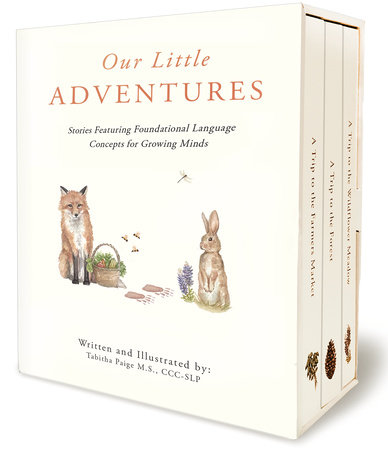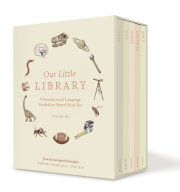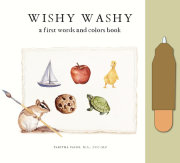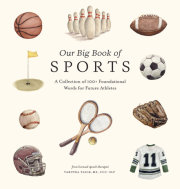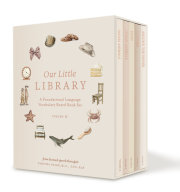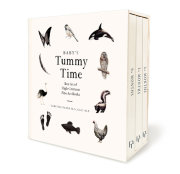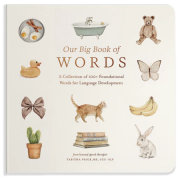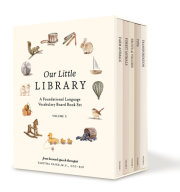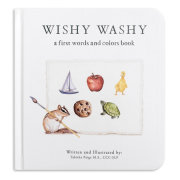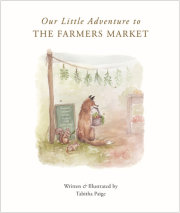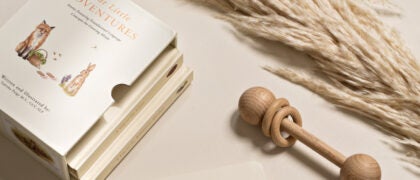Dear Parents,
As an artist, speech-language pathologist, and mom, I care deeply about creating engaging material that is both beautiful and functional for children. That is why I designed each book in this series to feature realistic watercolor imagery and intentional vocabulary that will facilitate natural language development in your child.
A child’s language comprehension and verbal communication develops in a methodical sequence. Each foundational skill builds upon the next. We begin by teaching basic vocabulary words (typically nouns), and then follow with action words, spatial words, quantity words, descriptive words, and more. I strategically chose the words in these books to assist your child with early language development, so that they can start to recognize these concepts and understand the meaning behind the words.
Your child will learn:
A Trip to the Farmers Market Basic vocabulary such as kale, apple, and strawberry. Spatial Concepts such as inside, underneath, and behind.
A Trip to the ForestBasic vocabulary such as bird, bear, and pine cone. Quantity words such as more, few, and none.
A Trip to the Wildflower MeadowBasic vocabulary such as daisy, caterpillar, and ladybug. Color and counting words such as red, yellow, blue, and one, two, and three.
The language development concepts are underlined in each book. Take time to pause, point them out to your child, and emphasize and reinforce the concept. (Look! That apple is inside the basket.) You will also find additional vocabulary and guided activities at the back of each book to give your child additional practice with these concepts.
Our Little Adventures was created with your toddler/preschooler in mind; however, these books are versatile and appropriate for older children as well. Below are a few tips for reading to your child as they grow:
Ages 0-2:
If your baby does not yet have the attention span to listen to the entire story, you may simply look at the pages together and point out the language concepts and vocabulary words. You can even engage your child by having them say the words.
Ages 3-4:
Once your child is able to focus and comprehend most of the words in the book, read the story to them in its entirety. Pause to ask questions, point out vocabulary words, and teach early language concepts.
Ages 5+:
As your child begins to read on their own, these books may be used to practice newly acquired reading skills. You may ask more advanced reading comprehension questions and even have your child recite the story back to you.
I sincerely hope these books become a classic for many years to come for you and your child!
Tabitha Paige, M.S., CCC-SLP
Copyright © 2020 by Tabitha Paige. All rights reserved. No part of this excerpt may be reproduced or reprinted without permission in writing from the publisher.






